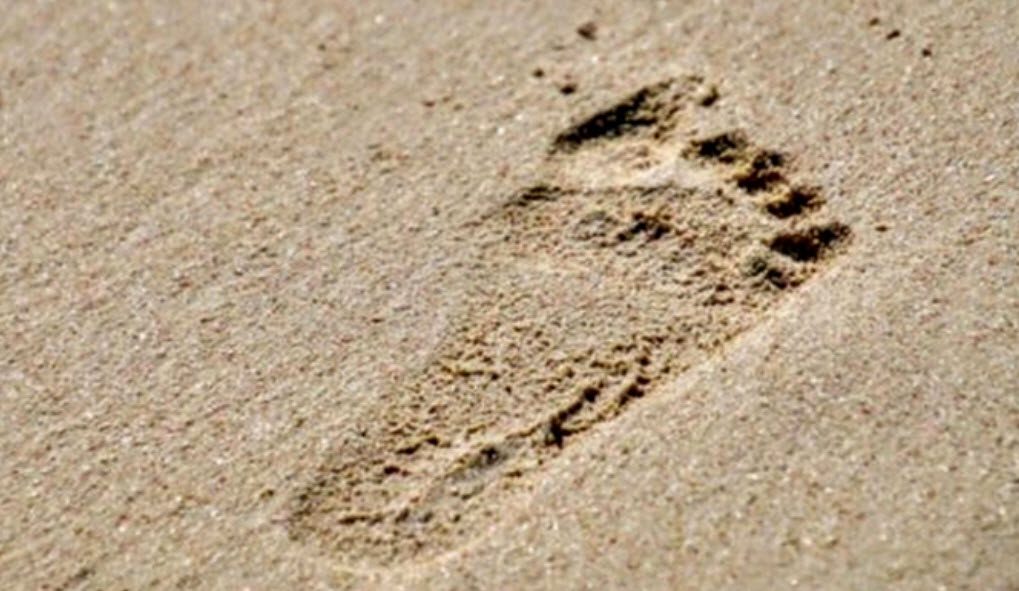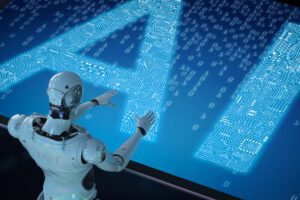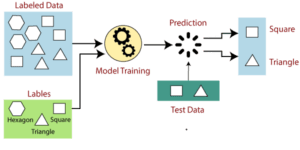A new technology that accurately identifies age and gender from footprints!
If you delve into doomsday plots where AI-powered robots take over the planet and drive humans out? In some cases, you will see these imaginary machines enslaving humans as a way of revenge. But in reality, we are not yet close to the supremacy of machines over humans, while artificial intelligence (AI) is doing a great job in making people’s lives easier. Impartial AI can help us in various fields, including healthcare and crime detection. It is now clear that AI is a better crime expert than humans (in most situations).
As humans, we have our inherent biases and flaws. Sure, we can work on these things to become the ideal target human, but even then, AI will rule everything. Artificial intelligence has been found to perform better than general forensic scientists in evaluating footprints for crime identification.
Any clue to a crime scene is sacred, especially if it involves gruesome murders and high-profile robberies. Footprints and certain artifacts that may carry a suspect’s DNA are prime candidates to help locate a suspect in the event of a heinous crime. A person’s footprint contains rich information about that person, including their height, weight, and in some cases even their gender.
Recent twin studies by The Conversation show how artificial intelligence is getting better at understanding criminals. When a footprint is identified and presented, only 50 percent of the experts in identifying footprints get the answer right, while the AI correctly guesses the person’s gender 90 percent of the time.
Will artificial intelligence eliminate shoe effect experts?
In addition, artificial intelligence has been able to recognize the closest decade of age to the person in identifying footprints. Of course, this is not all the discoveries of artificial intelligence in identifying the remaining traces of crime, but The Conversation has been able to go one step further by developing another artificial intelligence in collaboration with Bluestar Software and with the help of this software, it can even successfully predict the model and manufacture of shoes based on intelligent impressions.
Additionally, they gave users about 100 shoes, which the system was able to correctly guess between 22 and 83 percent of their make. Based on the answers received from artificial intelligence in this branch of criminology, this intelligence has succeeded between 60 and 91 percent. This high success rate begs the question, are forensic shoe experts soon out of a job? The answer is no, because they answered the questions posed in this regard correctly almost 100% of the time.
In the second case, artificial intelligence was unable to calculate wear and tear, giving the shoe experts an edge. Given the complexity of our time and the evolution of crime, it seems that artificial intelligence will play a larger role in almost every industry, including crime detection.
Source: Hoshio








